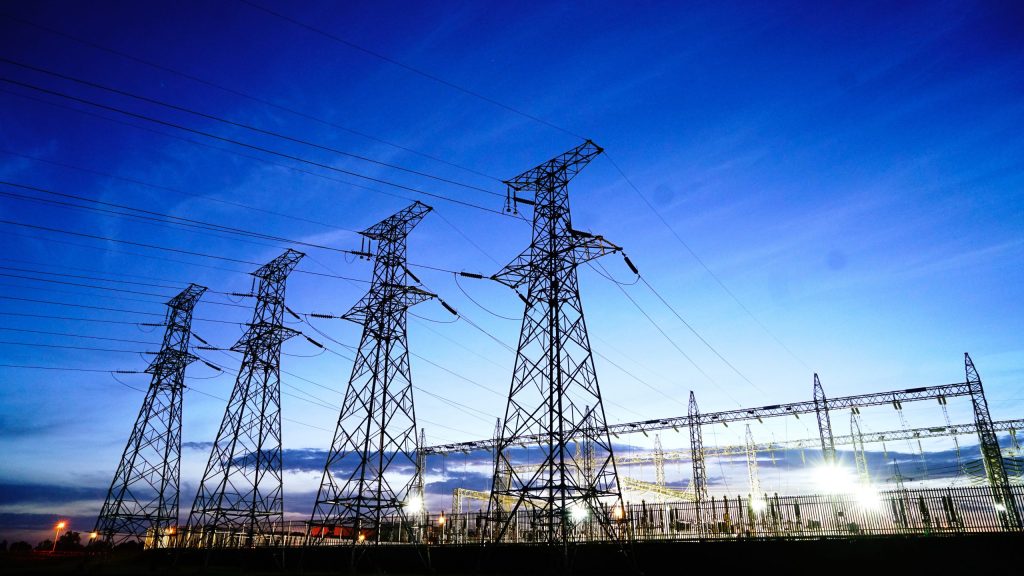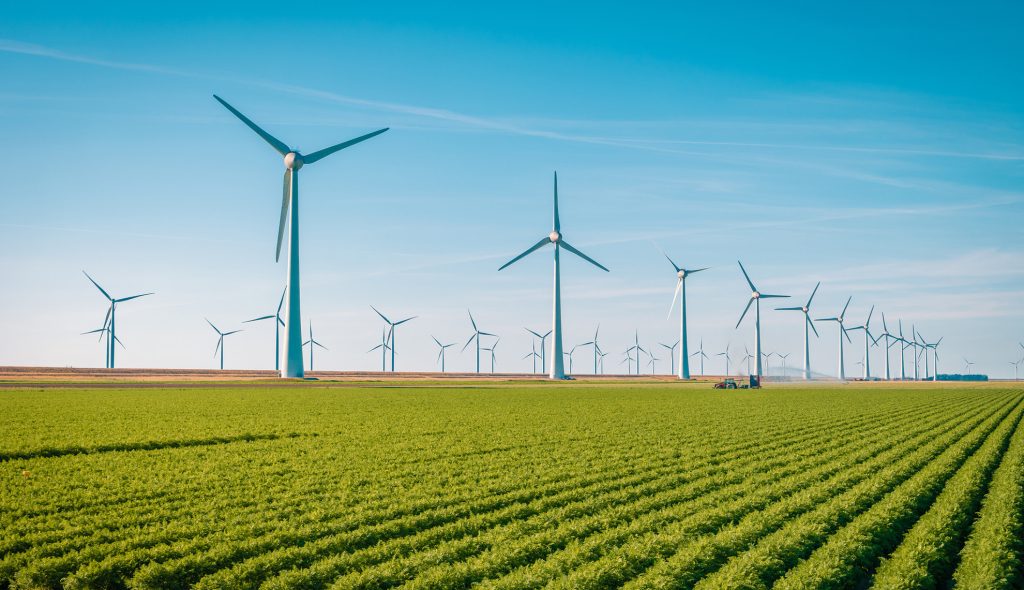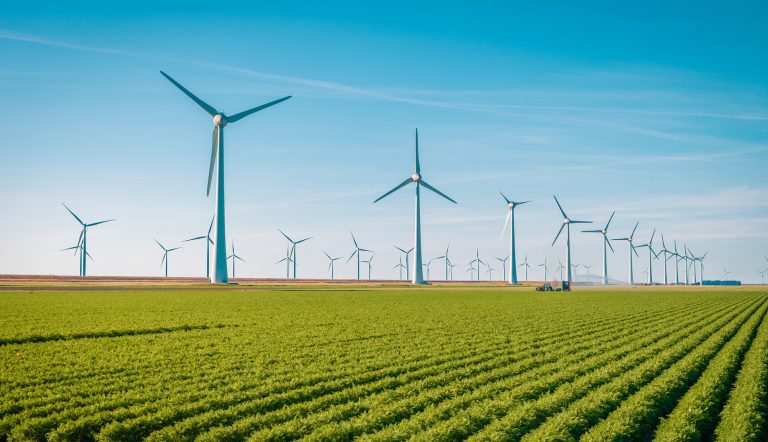Brief Introduction
Uganda is located in East Africa, covering an area of approximately 197,000 km2. It has a wide range of natural resources, including fertile soils, frequent rains, copper, cobalt, oil and natural gas reserves. The country has a population of over 45 million. Kampala is its capital and largest city. Uganda is home to more than 40 ethnic groups and has received over one million refugees, mainly from South Sudan as well as from the Democratic Republic of Congo and Burundi. The main languages spoken include English and Swahili, as well as other regionally based languages such as Luganda and Luo. The climate is tropical, with the hottest month being January with temperatures of 18–28°C, and the coldest month being July with temperatures of 17–25°C ( average daily minimum and maximum ). Due to its landlocked location, Uganda works with its neighbouring coastal
countries, Kenya and Tanzania, for the movement of its imports and exports.

Uganda is among the fastest growing countries in the world. Maintaining this pace of growth would amount to an economic transformation for the country. Uganda is still a low-income country, with a GDP per capita 40% below the sub-Saharan Africa average. However, in the last two decades, real GDP has grown by around 6% annually. The IMF is forecasting similar growth on the horizon, which would need to be sustained to meet Uganda’s development and poverty reduction goals, including reaching upper-middle-income status by 2040.
Energy systems must modernise and expand rapidly to meet these ambitions, prompting Uganda’s decision to develop the Energy Transition Plan (ETP). The objectives of the plan, stated by Uganda’s Ministry of Energy and Mineral Development (MEMD), are:
- Provide universal access to electricity and cleaner cooking by 2030.
- Modernise and diversify Uganda’s energy mix and promote its efficient use across all sectors to support industrial growth, poverty reduction and socio-economic transformation.
- Ensure secure and affordable energy supply.
- Mitigate energy emissions in line with Uganda’s conditional climate commitments, which imply a 20% reduction compared to baseline emissions in 2030.
- Position Uganda as an energy hub for the East African region.
This report, produced in close collaboration with Uganda, provides an ambitious yet feasible pathway for the energy sector to meet these strategic objectives.
Given Uganda’s point of departure, efforts must be stepped up to develop the country’s energy systems. Electricity and clean cooking access rates remain low, at around 45% and 15%, respectively, despite recent progress driven by strong government programmes. Modern energy consumption per capita remains low – around 30 times lower than the average in advanced economies. Solid biomass, largely firewood, charcoal, and bagasse used in buildings and industry, accounts for 90% of the country’s final energy consumption today.
Importantly, the country has many domestic energy and mineral resources that can help realise the energy transition. Uganda has ample potential for solar, hydroelectric and geothermal power. With the opening of the Tilenga and Kingfisher oil fields in 2025, Uganda is set to become an oil producer and exporter for the first time. Currently the country imports all its oil products. It also has new graphite and rare earth projects in Orom and Makuutu under development and holds important deposits of other critical minerals. These resources, if harnessed well, could reinforce the transition and contribute to Uganda’s economic growth.
Electricity in Uganda
The power sector becomes the backbone of Uganda’s energy systems, with all growth met by low-emissions sources. Electricity rises to become the single largest source of energy consumed by 2040, growing to reach 56% of total final consumption by 2050. The grid today is already 99% renewable, with only a small amount of oil-based generation used in critical situations. Low-emissions sources of energy maintain this share all the way through to 2050, even while generation grows nearly forty-fold. Solar power is the leading source of low-cost generation, with country-wide solar resources better than global leaders, such as Spain. Hydro and geothermal resources together meet over one-quarter of generation by 2050 and, along with battery storage, play an important role in integrating solar and wind. Uganda has plans to develop nuclear power and is in Phase 2 of the IAEA’s Milestone Approach, with plans to bring on the first facility in the early 2030s.

A strengthened, interconnected grid is essential to Uganda’s vision to become a regional energy supplier. The country has existing or planned interconnections with all of its neighbours in the East African Power Pool. Reinforcing and better utilising these links helps lower costs, improve reliability and security, and enhance resilience against climate change and physical disruption. It also plays a key role in integrating rising shares of variable renewables, which reach around 45% by 2050, similar to levels seen in Uruguay. Uganda would need to accelerate domestic end‑use electrification efforts and greatly expand electricity exports to realise prior ambitions of installing 52 GW of generating capacity by 2040. These efforts could include earlier adoption of carbon capture, utilisation and storage (CCUS) and electrolytic hydrogen.
Uganda has one of the lowest per capita electricity consumption rates in the world. Generation capacity is dominated by hydropower, supported by heavy fuel oil and biomass cogeneration power plants. As in other Sub-Saharan African countries that predominantly rely on hydropower, erratic rainfall and droughts have affected electricity supply in recent years and led to frequent load shedding. Currently, thanks to increased capacity and 50 MW of capacity from heavy fuel oil plants, incidence of load shedding has declined to almost zero. Uganda’s largest hydroelectric power plant is the 250 MW Bujagali plant, which was commissioned in 2012 and almost doubled Uganda’s installed capacity at the time. It is operated by a public-private partnership between the government of Uganda, investment firm Blackstone, Sithe Global Power and the Aga Khan Fund for economic Development. The country is under pressure to find additional energy sources, as electricity demand is growing at an annual rate of 10-12%. It also intends to achieve a rural electrification rate of 22% by 2022.
Low-grade forms of energy, especially traditional biomass fuels, account for more than 90% of total energy consumption. Two bagasse plants have opened at sugar production facilities, at Kakira and Kinyara.
Energy Profile




Renewable Energy in Uganda
The legal framework for renewable energy in the country is founded on the Constitution of the Republic of Uganda (1995, as amended) and specific laws and statutory instruments including the Electricity Act (1999) and the National Electrification Strategy (NES), which
was concluded in 2022. These provide the regulatory framework for the electricity sub-sector and the Biofuels Act (2018) which regulates production, storage and transportation of biofuels and blending of biofuels with petroleum products.

The Energy Policy (2002) is the primary policy framework for the country’s entire energy sector, which the Government has continued to implement. Programmes such as the Promotion of Renewable Energy and Energy Efficiency Programme (PREEEP) implemented by Deutsche Gesellschaft für Internationale Zusammenarbeit (GIZ) GmbH, have also supported the development and implementation of the Energy Policy.
The Renewable Energy Policy (2007) is the framework for renewable energy in the country. It is intended to increase the share of renewable energy in the national energy mix. The sector is governed by additional relevant sector policies including the Gender Policy (2007), Climate Change Policy (2015), Environment and Social Safeguards Policy (2018). The renewable energy sector in Uganda also subscribes to legal and policy frameworks of both regional and international scopes such as the Sustainable Development Goals, Sustainable Energy for All (SEforAll) and East African Community laws and policies.
The Government of Uganda, through the Ministry of Energy and Mineral Development (MEMD), is the lead institution overseeing the renewable energy sector in the country. MEMD works closely by implementing regulations, standards and quality together with stakeholders such as Electricity Regulatory Authority (ERA), National Environment Management Authority (NEMA), Directorate of Water Development (DWD), Uganda National Bureau of Standards (UNBS), Centre for Research in Energy and Energy Conservation (CREEC), Centre for Integrated Research and Community Development
Uganda (CIRCODU) and Uganda National Renewable Energy and Energy Efficiency Alliance (UNREEEA). Another critical player are the local governments, which have oversight of policy and co-ordination.
Uganda has been seeking out ways to fulfill its energy requirements and broaden the capacity and accessibility to eventually embrace the entire country. The need to secure efficient long-term solutions to its energy needs is likewise increasing due to a number of factors, including its growing population and increasing urbanization. Due to the country’s favourable situation of possessing abundant renewable energy resources such as biomass, hydro, solar and wind, this sector allows the country a sustainable and efficient path to provide for its energy needs and to power the long-term growth of its economy.
Climate change is a huge concern for Uganda and is a key driver for the renewable energy sector in the country. Uganda has experienced increased adverse weather patterns such as devastating floods, landslides in the east and prolonged drought in
the north. These weather conditions in the recent past have led to loss of livestock, crops and human life. Fuelwood and charcoal are primary sources of household energy across Uganda and are associated with serious environmental and health problems, including deforestation, the destruction of wetlands and (indoor) air pollution. As an intervention, the government is increasingly promoting the use of climate-friendly energy in form of renewable energy options such as solar power. With the help of GIZ, high level vocational training curricula for experienced solar technicians are being developed and implemented in the country’s educational institutions.
Furthermore, in recent years, the Ugandan government has promoted solar energy through tax breaks and consumer subsidies as well as rural electrification projects. More than 200 companies, including foreign investors, are active in the Ugandan PV and solar thermal field.
Uganda was the first country in Africa to formulate and support its Nationally Determined Contribution Partnership Plan (NDC-PP) in June 2018. It made important commitments in this respect, including reducing national greenhouse gas emissions by 22% by 2030, reducing climate vulnerability of climate sensitive sectors building climate resilience of key sectors and managing disaster risks.
Uganda’s Energy Future
Permanent Secretary of the Ugandan Ministry of Energy and Mineral Development Irene Bateebe talks to the Energy Year about the ministry’s goals for Uganda’s oil and gas sector, the latest updates on the country’s refinery and second licensing round, prospects for nuclear and geothermal power, and targets for transforming the power generation and distribution landscape.
What are the ministry’s key goals for Uganda’s oil and gas sector?
Our mandate is to ensure sustainable exploitation of our petroleum resources, among other extractives that we have as a country, as well as to ensure we are improving on our access to clean energy while ensuring that it is affordable and reliable.
When it comes to petroleum, our goal is to ensure that we bring first oil on stream in 2025. All of our efforts adhere towards achieving that timeline. So, what are we doing? We are supporting the oil companies in executing the oil and gas developments in a timely manner. And our support comes in many forms. We ensure that, in terms of permitting and project authorisations, we are able to streamline and deliver those to the companies in a timely manner so that they stay within the project timelines. Issues involving Customs or immigration may seem to be small, but when aggregated can actually stall the oil and gas project.
Another critical issue is to do with the logistics of getting equipment into the oil and gas project areas. We’ve done a lot of work to ensure we are developing the infrastructure – putting in place the oil roads and so on. We are also currently working on an international airport in Hoima to support the oil and gas operations. As of today [June 2022], it is slightly over 75% complete.
